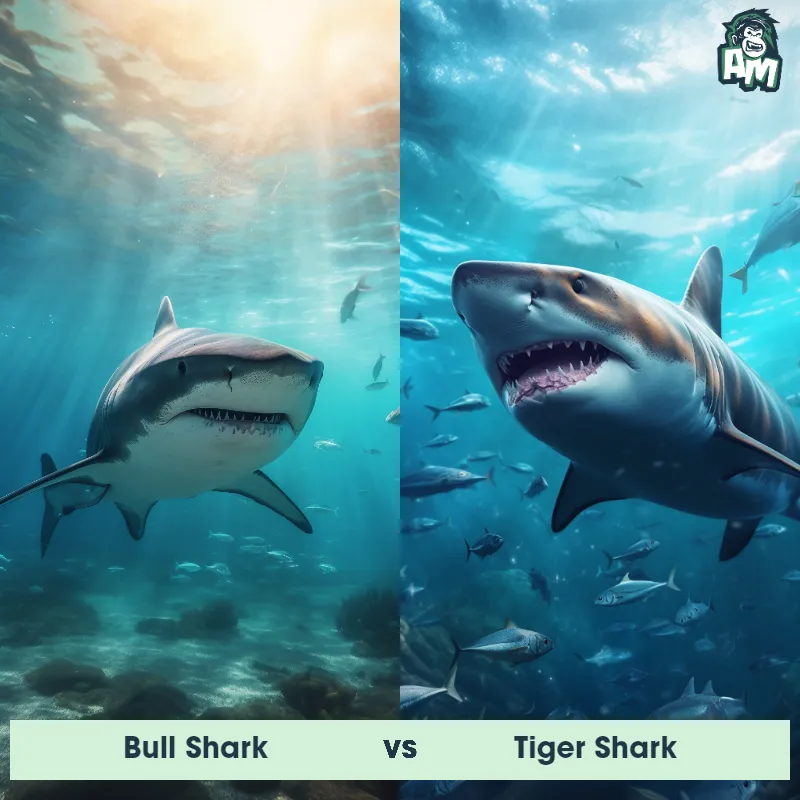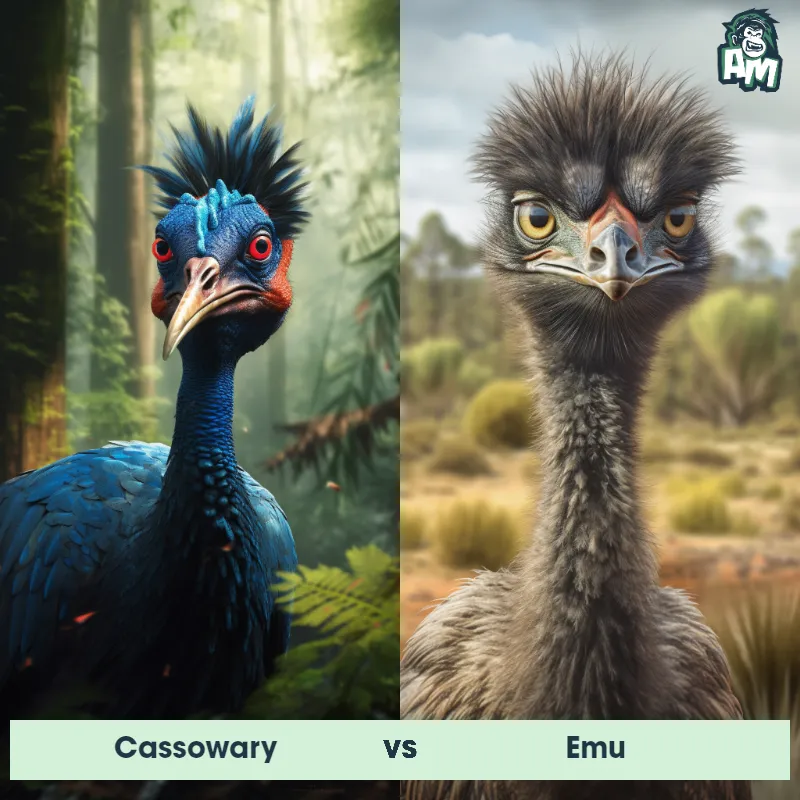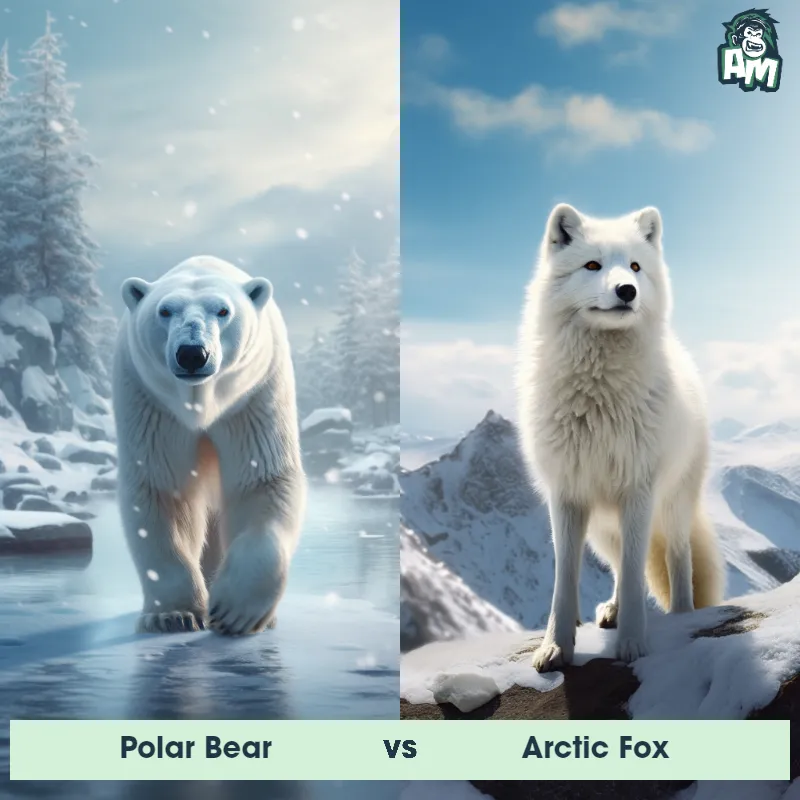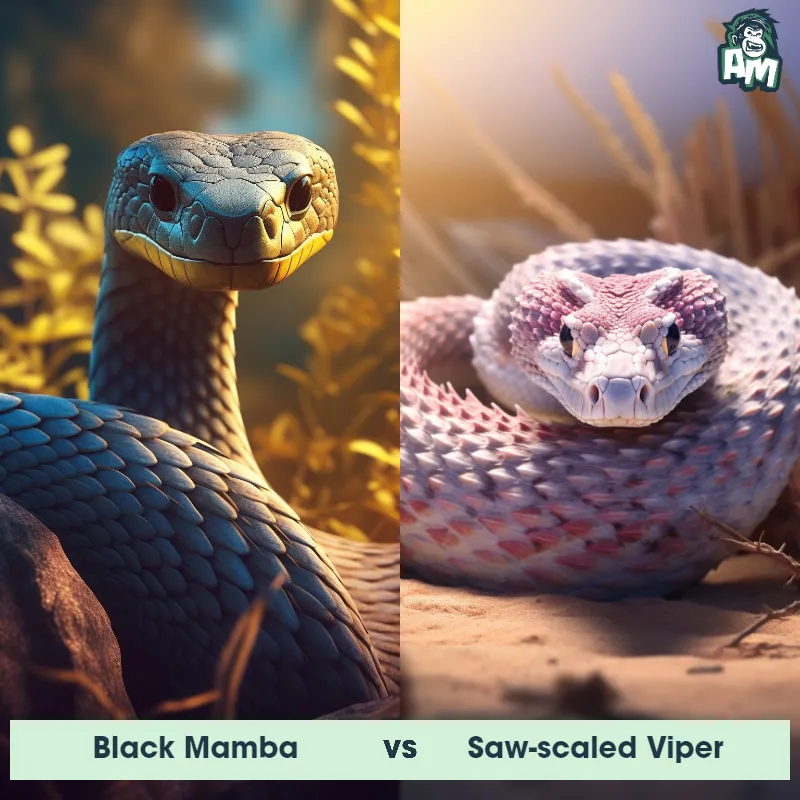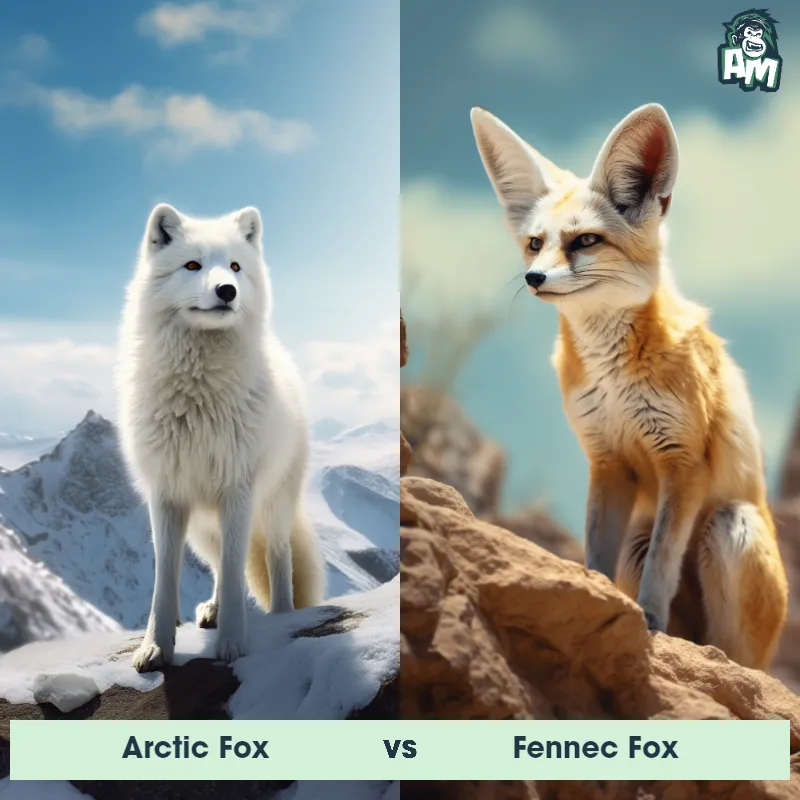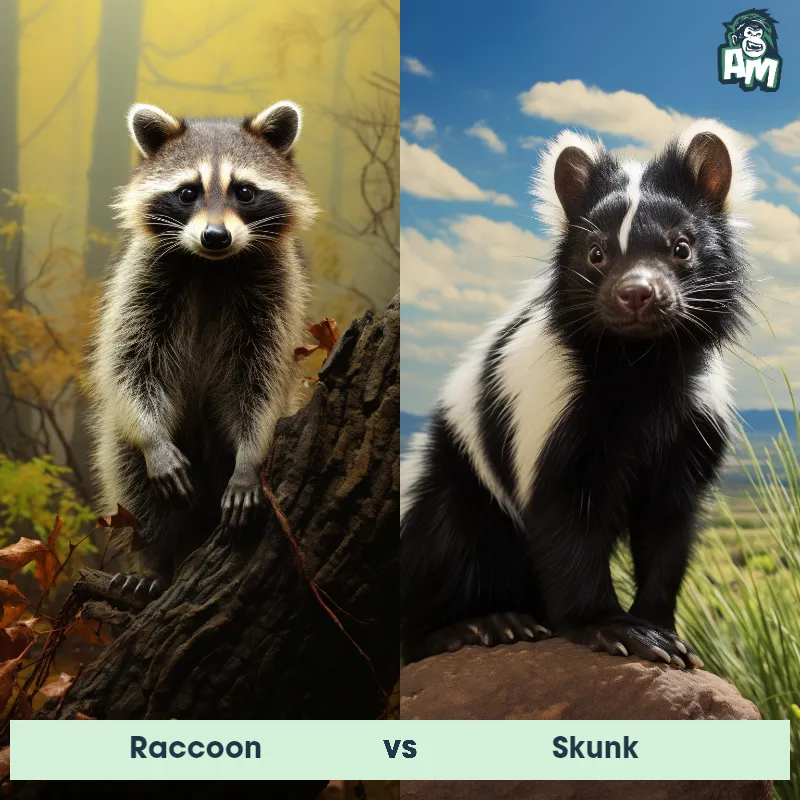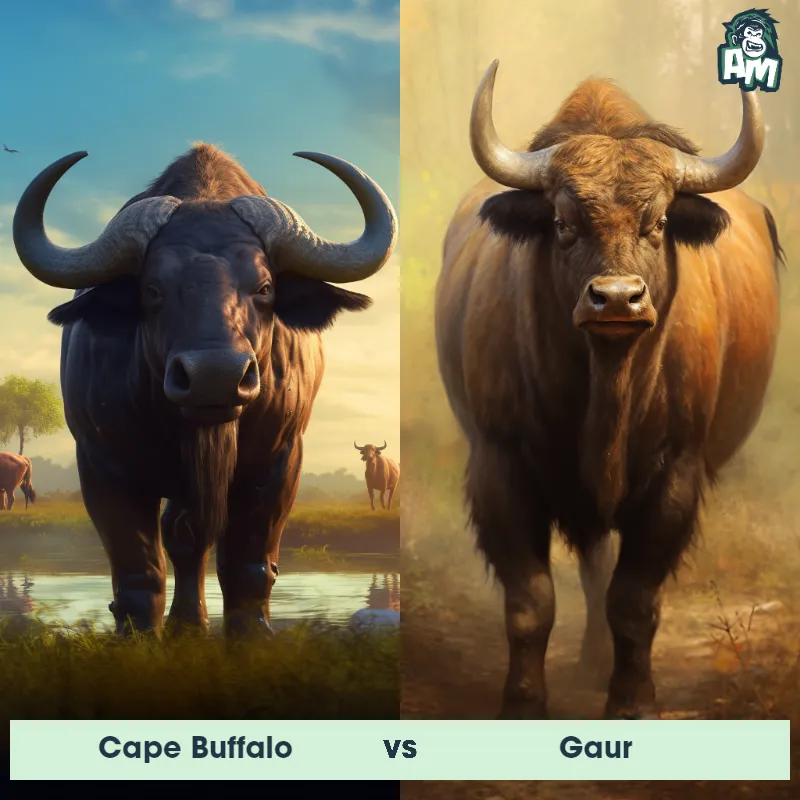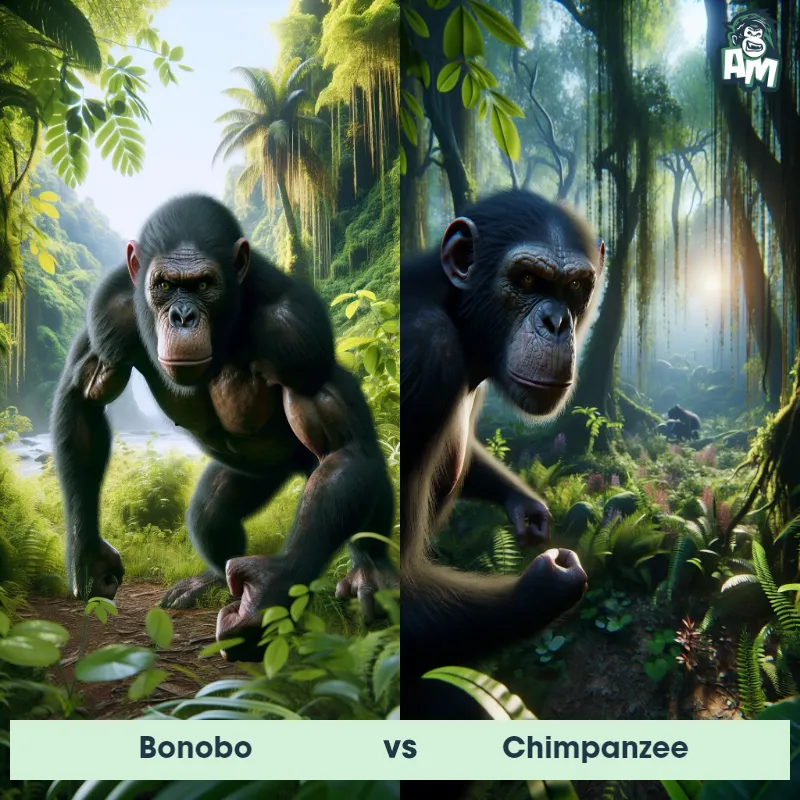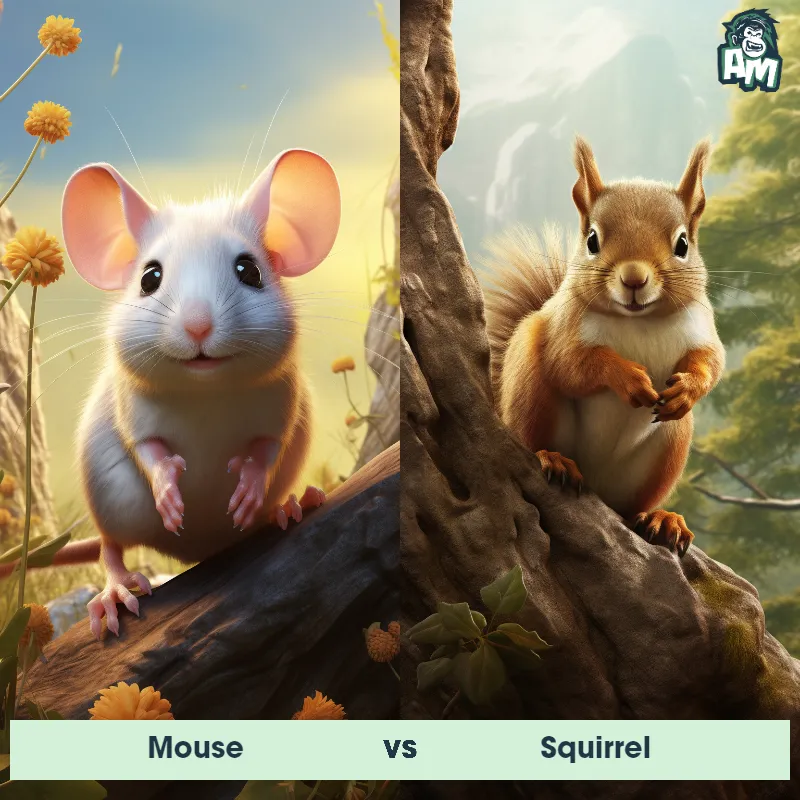Skunk vs LeopardSee Who Wins

Ladies and gentlemen, welcome to this electrifying matchup here tonight! We have an epic showdown between two remarkable creatures looking to establish their dominance. In this corner, we have the fearless and feisty skunk, known for its potent defense mechanism. And in the opposing corner, the swift and mighty leopard, renowned for its phenomenal agility. The anticipation is palpable as these fierce competitors prepare to pounce into action!
Contender 1: Skunk
The skunk is a small to medium-sized mammal best known for its ability to secrete a pungent odor when threatened. Skunks are identifiable by their black fur with a distinctive white stripe that runs down their back and tail. They have a small head, short legs, and a bushy tail. Skunks are omnivores and feed on a varied diet, including insects, small rodents, fruits, and plants.
Fun Fact: Skunks are not as indiscriminate with their spray as people often believe; they can accurately spray their scent at a target up to 10 feet away.
Contender 2: Leopard
The Leopard is a large and powerful carnivorous mammal that is known for its distinctive coat pattern consisting of rosette-like spots. It has a slender body, muscular limbs, and a long tail, enabling it to be agile and swift. Leopards are primarily nocturnal creatures, preferring to hunt during the cover of darkness. They are highly adaptable and can thrive in a variety of habitats, ranging from dense forests to open grasslands. With exceptional climbing skills, they are capable of dragging their prey up trees to keep it safe from other predators.
Fun Fact: Leopards are incredibly strong and possess immense agility, as they are capable of leaping horizontally up to 6 meters and vertically up to 3 meters, allowing them to ambush their prey from above with precision.
Matchup Stats
| Skunk | Leopard | |
|---|---|---|
| Size | 8-19 inches (20-48 cm) | 24-28 inches (60-71 cm) at the shoulder; 5-6 feet (1.5-1.8 meters) in length |
| Weight | 1.1-14 lbs (0.5-6.3 kg) | 80-160 pounds (36-73 kilograms) |
| Speed | 10mph (16km/h) | 36-37mph (58-60km/h) |
| Key Strength | Ability to spray a pungent odor | Powerful jaw and sharp claws |
| Biggest Weakness | Limited spray range (up to 10 feet) | Less endurance compared to some other big cats |
Current Votes
Skunk vs Leopard
See Who Wins
View More Matches
Looking For More?
Similar Matches
Scientific Stats
| Skunk | Leopard | |
|---|---|---|
| Scientific Name | Mephitidae | Panthera pardus |
| Family | Carnivora | Felidae |
| Habitat | Forests, grasslands, and suburban areas | Variety of habitats including forests, grasslands, and mountains |
| Geography | North and South America | Africa, parts of Asia |
| Diet | Omnivorous (insects, small rodents, fruits, and plants) | Carnivorous, preys on various animals including ungulates, small mammals, birds, and reptiles |
| Lifespan | 2 years - 10 years | 12 years - 17 years |
Key Differences between Skunk and Leopard
- Habitat: Leopards are found primarily in various regions of Africa, as well as parts of Asia, inhabiting a range of diverse habitats from forests to grasslands, mountains, and deserts. Skunks, on the other hand, are native to the Americas, primarily residing in North America, and are commonly found in woodland areas and suburban neighborhoods.
- Tail: The Leopard has a long, thick tail that helps with balance and climbing, measuring around 2 to 3 feet in length. In contrast, Skunks have a relatively shorter tail, usually around 8 to 15 inches long.
- Facial Markings: Leopards have prominent facial markings, including distinctive black tear stripes that run from the inner corner of their eyes to the sides of their mouths. Skunks, on the other hand, have no significant facial markings apart from the typical black and white coloration.
- Body Shape: Leopards have a long and sleek body with muscular limbs, designed for agility and climbing trees, while Skunks have a more compact and rounded body shape with shorter limbs.
- Size: The Leopard is significantly larger than the Skunk, with adult Leopards reaching lengths of up to 6.25 feet and weighing up to 130 pounds, while Skunks usually measure around 20 to 30 inches and weigh less than 10 pounds.
- Color and Coat Pattern: The Leopard's coat displays a distinctive rosette pattern with black spots on a tawny or yellowish background, allowing for excellent camouflage in its habitat. On the other hand, Skunks typically have black fur with white stripes running down their backs and tails.



